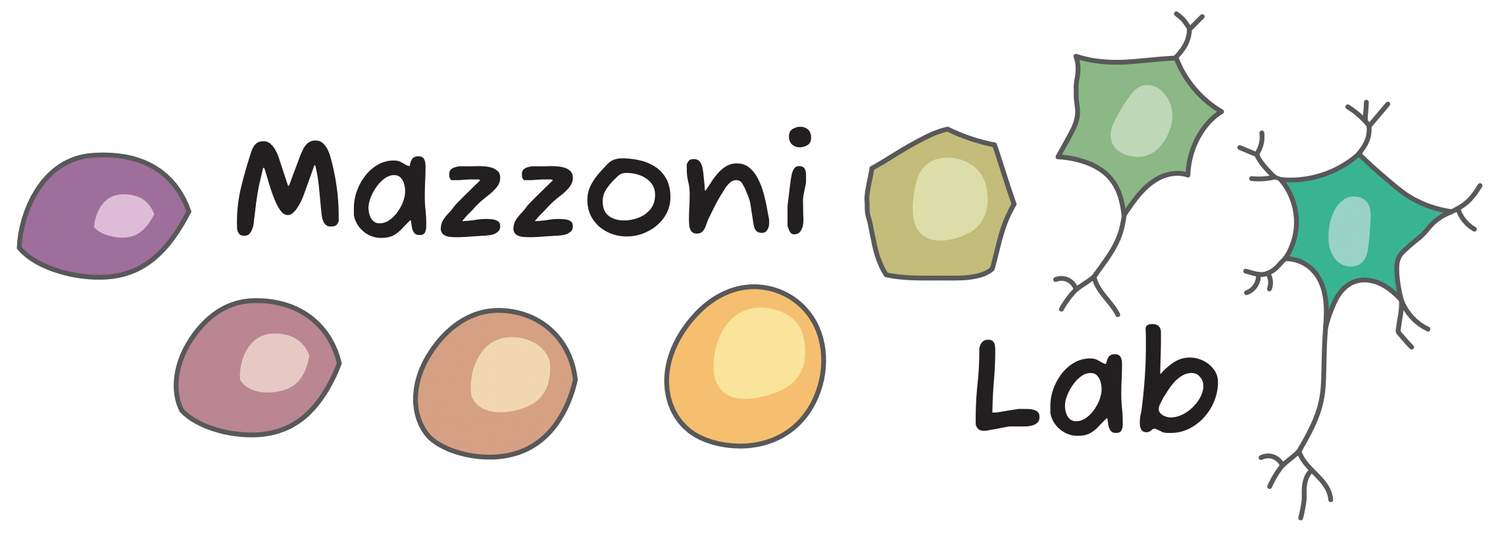Generation of cells relevant for ALS
——
Why do some neurons become susceptible to neurodegeneration while others remain resilient until the later stages of the disease?
The differential sensitivity to neurodegeneration across similar neuronal types is characteristic of most neurodegenerative diseases. Understanding why some neurons resist neurodegeneration is essential to understand the disease and inspire new therapies. Stephen Hawking, who was paralyzed by Amyotrophic Lateral Sclerosis (ALS) but communicated using eye-tracking devices, is an example of this phenomenon. Unlike other motor neurons, the eye-innervating motor neurons are more resistant to ALS-induced neurodegeneration. The lack of access to eye-innervating motor neurons was the rate-limiting step in understanding why similar neurons are susceptible or resistant to ALS. We leveraged our knowledge of motor neuron transcription factors and positional identity to generate ALS-sensitive (diaphragm) and ALS-resistant (eye) motor neurons from pluripotent stem cells. Using this system, we propose to model differential neuronal sensitivity to ALS stress from hundreds of human genotypes, testing specific hypotheses and extracting transcriptional and proteomic signatures across both neuronal types and genotypes.
Day 10 spinal motor neurons
Day 10 cranial motor neurons



